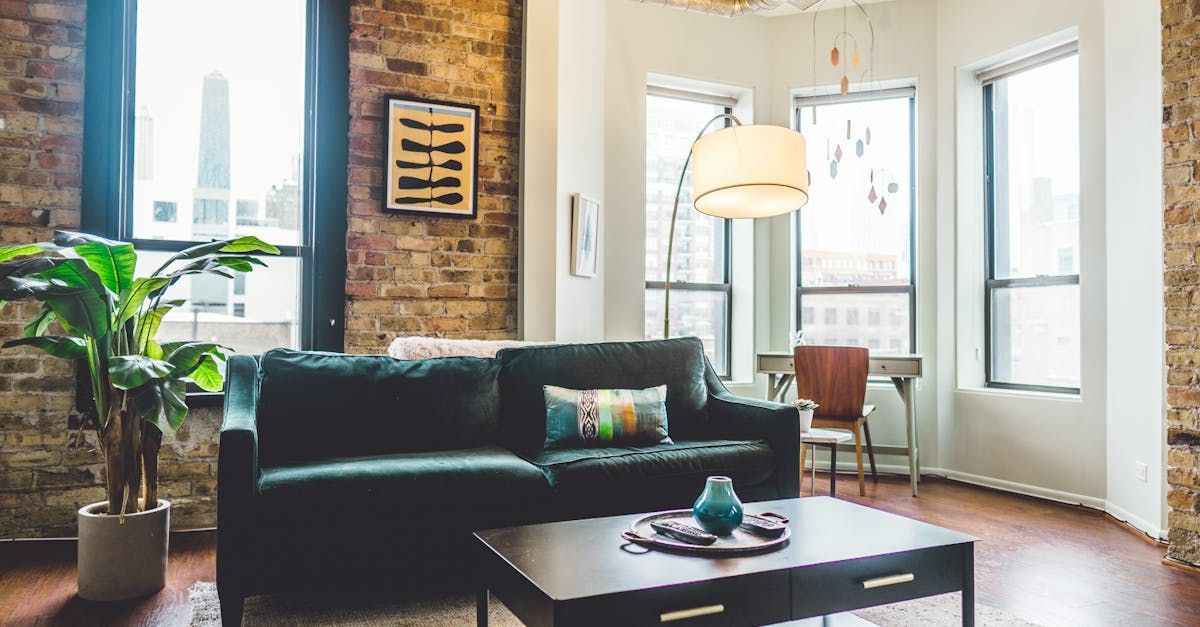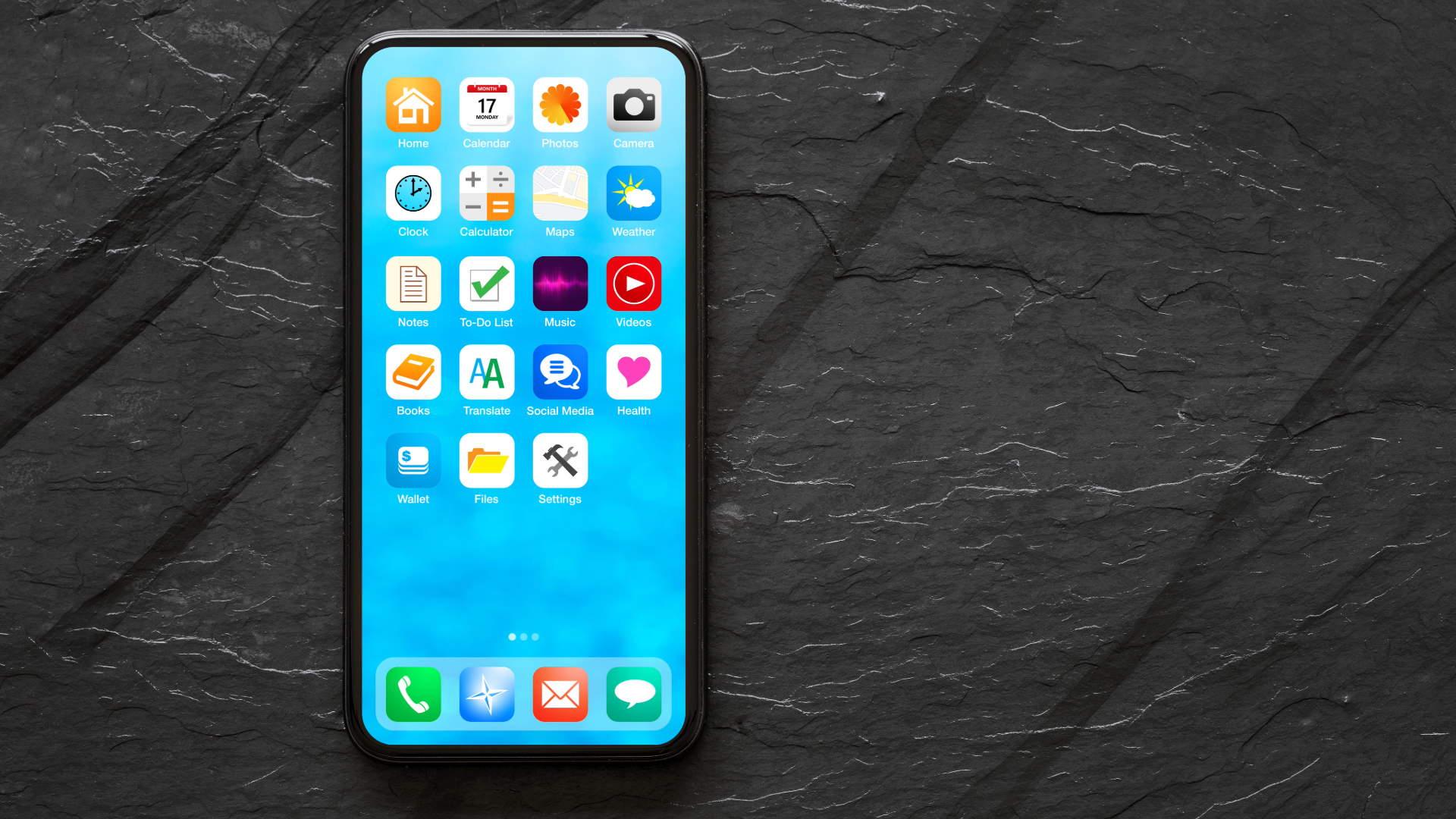Why you need renter's insurance
Why renter's insurance is a must have for tenants

Why Renter's Insurance is a Must-Have for Tenants
As a renter, you may not own the property you live in, but that doesn't mean your belongings aren't valuable or that you're immune to liability risks. Renter's insurance is an often-overlooked but essential safeguard that can protect your possessions and provide peace of mind. In this blog post, we'll explore what renter's insurance covers, why it's important, and how to choose the right policy for your needs.
What is Renter's Insurance?
Renter's insurance is a type of insurance policy designed for tenants. It provides coverage for personal property, liability protection, and additional living expenses if your rental unit becomes uninhabitable due to a covered event. Unlike homeowner's insurance, which covers the structure of a building, renter's insurance focuses on the contents inside and the renter's liability.
Key Components of Renter's Insurance
1. Personal Property Coverage
Contents Protection: Covers personal belongings such as furniture, electronics, clothing, and other valuables against perils like fire, theft, vandalism, and certain types of water damage.
Off-Premises Coverage: Protects your belongings even when they are not at your rental property, such as when traveling or stored elsewhere.
2. Liability Coverage
Personal Liability: Protects you against legal claims for bodily injury or property damage to others that occur in your rental unit or as a result of your actions. It covers legal defense costs and settlements.
Medical Payments: Provides coverage for medical expenses if a guest is injured in your rental unit, regardless of fault.
3. Additional Living Expenses (ALE)
Temporary Housing Costs: Covers additional living expenses, such as hotel bills and restaurant meals, if your rental unit is rendered uninhabitable due to a covered event.
Why Renter's Insurance is Important
1. Protection for Personal Belongings
While your landlord's insurance covers the building itself, it doesn't protect your personal possessions. Renter's insurance ensures that your belongings are covered in case of damage or theft, providing financial protection and peace of mind.
2. Affordable Peace of Mind
Renter's insurance is generally affordable, with policies often costing as little as a few hundred dollars per year. This small investment can save you from significant financial loss in the event of an unexpected disaster.
3. Liability Protection
Accidents happen, and if someone is injured in your rental unit, you could be held liable. Renter's insurance provides coverage for legal fees and damages, protecting your financial assets.
4. Requirement by Landlords
Many landlords now require tenants to have renter's insurance as part of the lease agreement. Having a policy in place can make you a more attractive tenant and help you secure the rental property you want.
5. Coverage for Displacement
If your rental unit becomes uninhabitable due to a covered event, renter's insurance covers additional living expenses, ensuring you have a place to stay and support during a difficult time.
Tips for Choosing the Right Renter's Insurance Policy
1. Assess Your Coverage Needs
Evaluate the value of your personal belongings to determine the amount of coverage you need. Make an inventory of your possessions and estimate their replacement cost.
2. Understand Policy Limits and Exclusions
Familiarize yourself with the policy limits and any exclusions. Standard policies may not cover high-value items like jewelry or collectibles, requiring additional coverage.
3. Compare Quotes
Obtain quotes from multiple insurance providers to find the best coverage at the most competitive price. Consider factors such as reputation, customer service, and claim processing in addition to cost.
4. Consider Deductibles
Choose a deductible amount that fits your financial situation. A higher deductible can lower your premium, but ensure you can afford the out-of-pocket cost if you need to file a claim.
5. Review Your Policy Regularly
Life changes, and so do your insurance needs. Review your policy annually or after significant changes, such as a move or a major purchase, to ensure your coverage remains adequate.
Conclusion
Renter's insurance is an essential safeguard for tenants, providing protection for personal belongings, liability coverage, and peace of mind. It's a small investment that can have a big impact in the event of an unexpected disaster or accident. Whether you're renting an apartment, a house, or a condo, having renter's insurance in place ensures that you're prepared for whatever life may throw your way. Don't wait until it's too late—invest in renter's insurance today and enjoy the security and confidence it brings.
Recent posts



